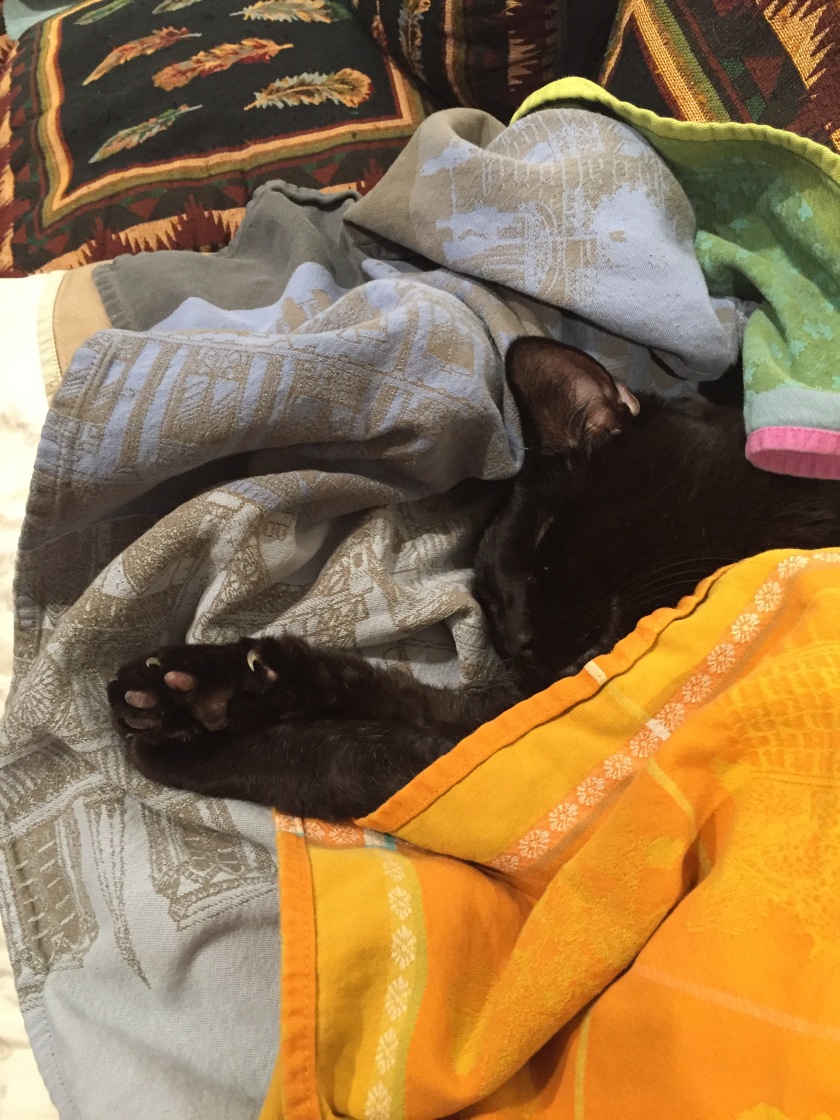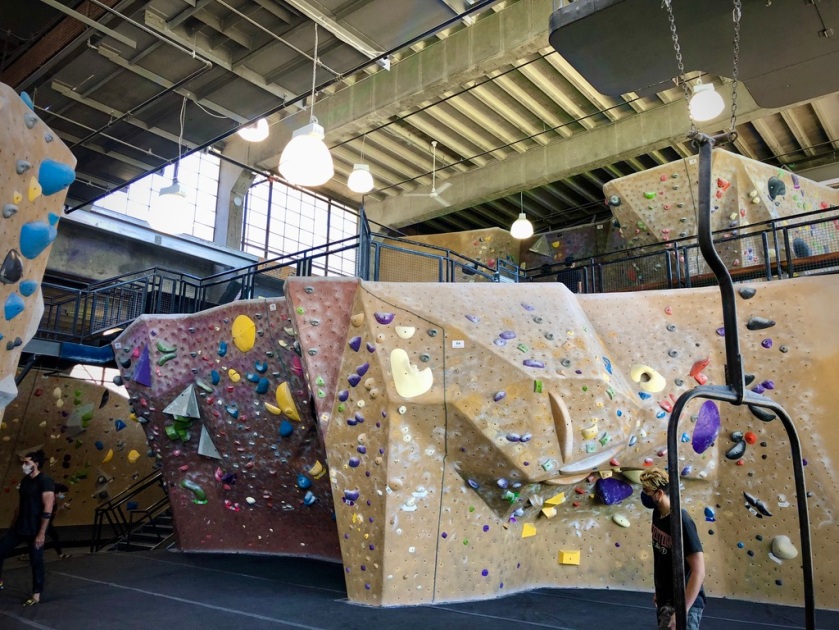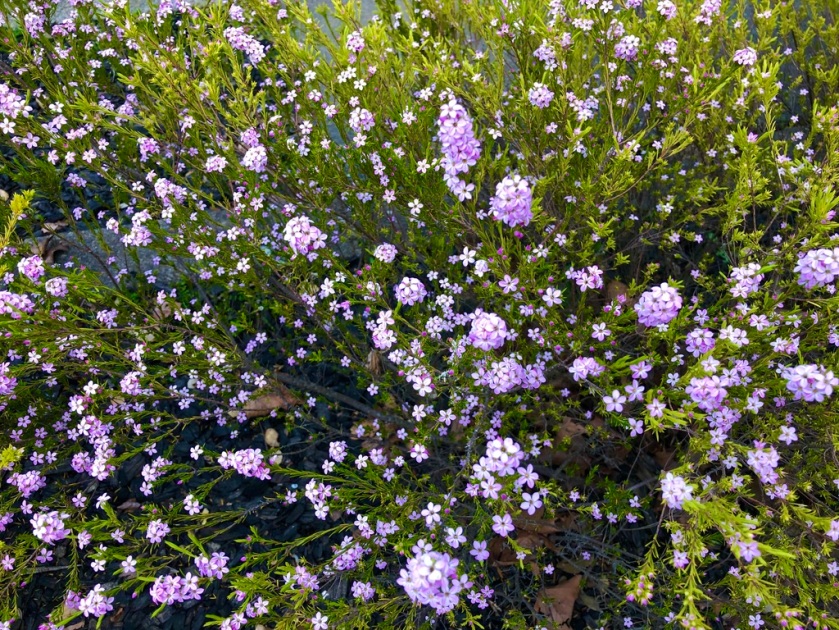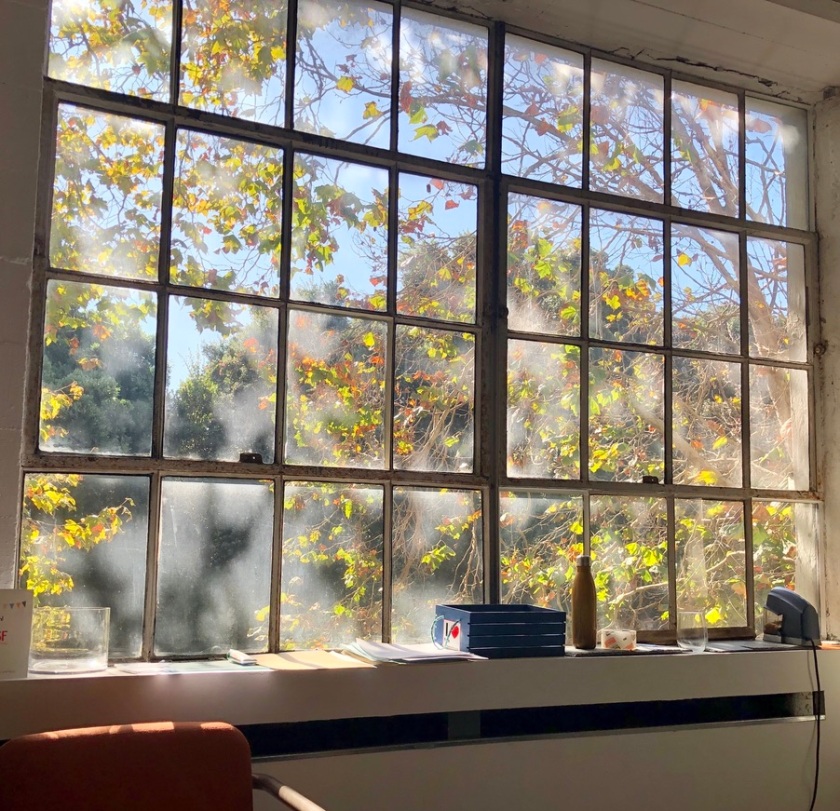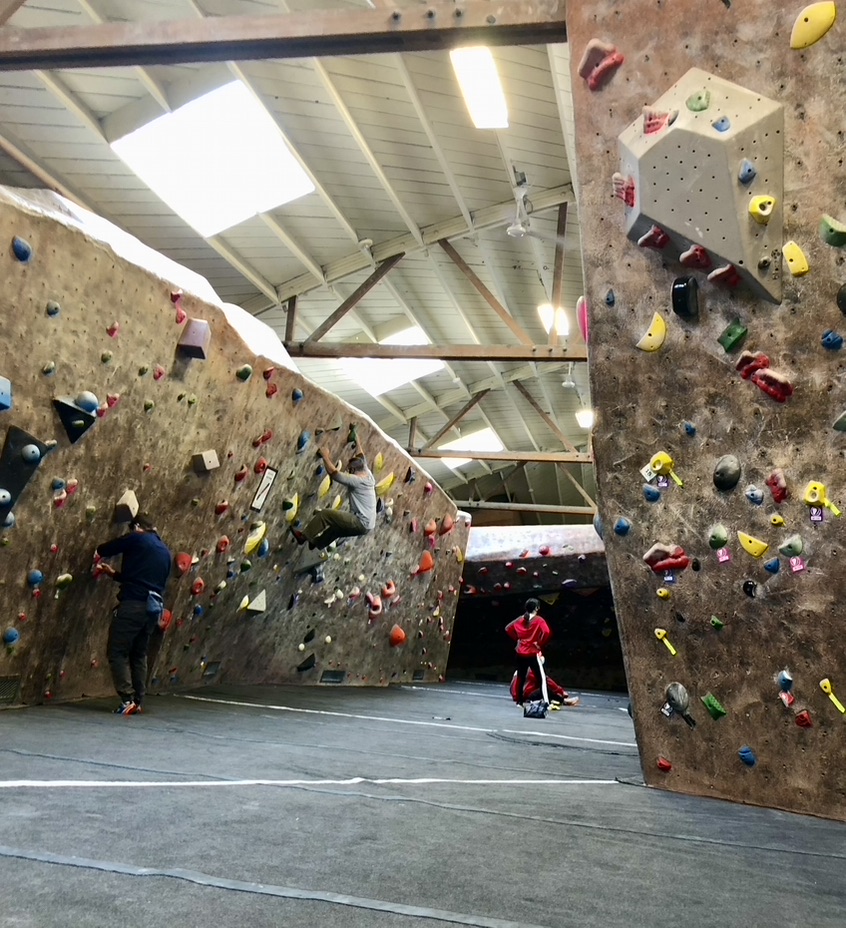
Life can really compile on us, with effects showing in our minds, emotions, and physical bodies.The amount of reflexive bracing our muscles can do in response to life stress can be fast and uncomfortable, to painful and dysfunctional. My shoulders were up almost to my ears last year, well into this, even as I tried consistently to process all that was unfolding; I saw it play out physically in my clients as well. In the ongoing onslaught, who could actually keep up?
Attending to our bodies with self-care can definitely get us through tougher times, and is ultimately required for continued health and well-being. Processing average to acute life stressors through supportive manual therapies can be life changing. Getting body work, doing a trade with a friend or partner, or working on oneself, can turn the tide from sliding down a sand hill, to getting over the other side of things and feeling stable. We can keep it simple, starting anywhere, noticing where and how the body braces. Feeling in the muscles if there’s a guarding, a holding pattern, a constriction. I do this throughout the day as a check-in with myself. If we release some of these patterns, even simply a fraction of an inch of less bracing for a while, it allows us to stabilize, breathe more deeply, and actually be more functional to move forward, both in form and spirit. “Baby steps” are actually big steps, after all.
Copyright 2021 by Lara Stillo

